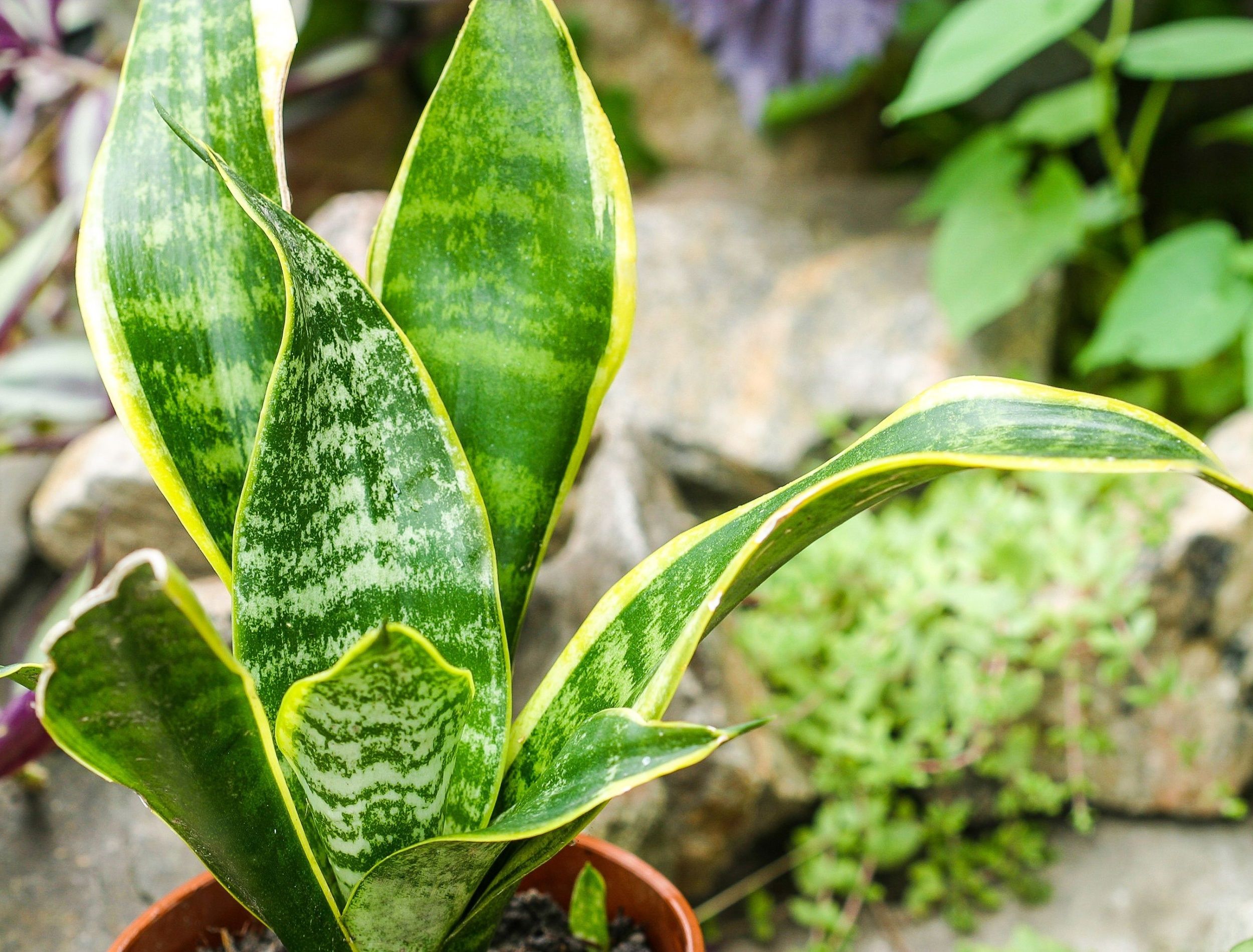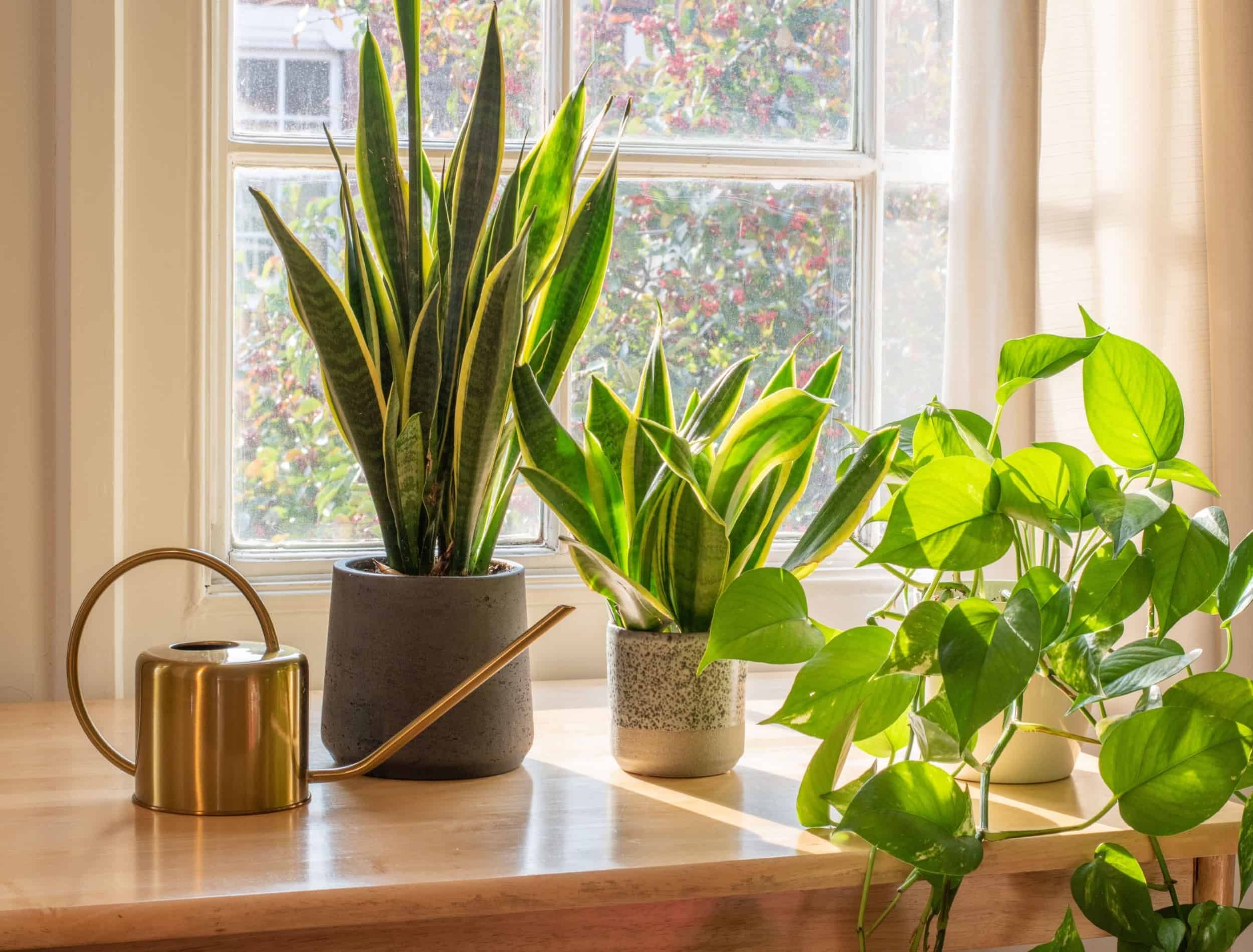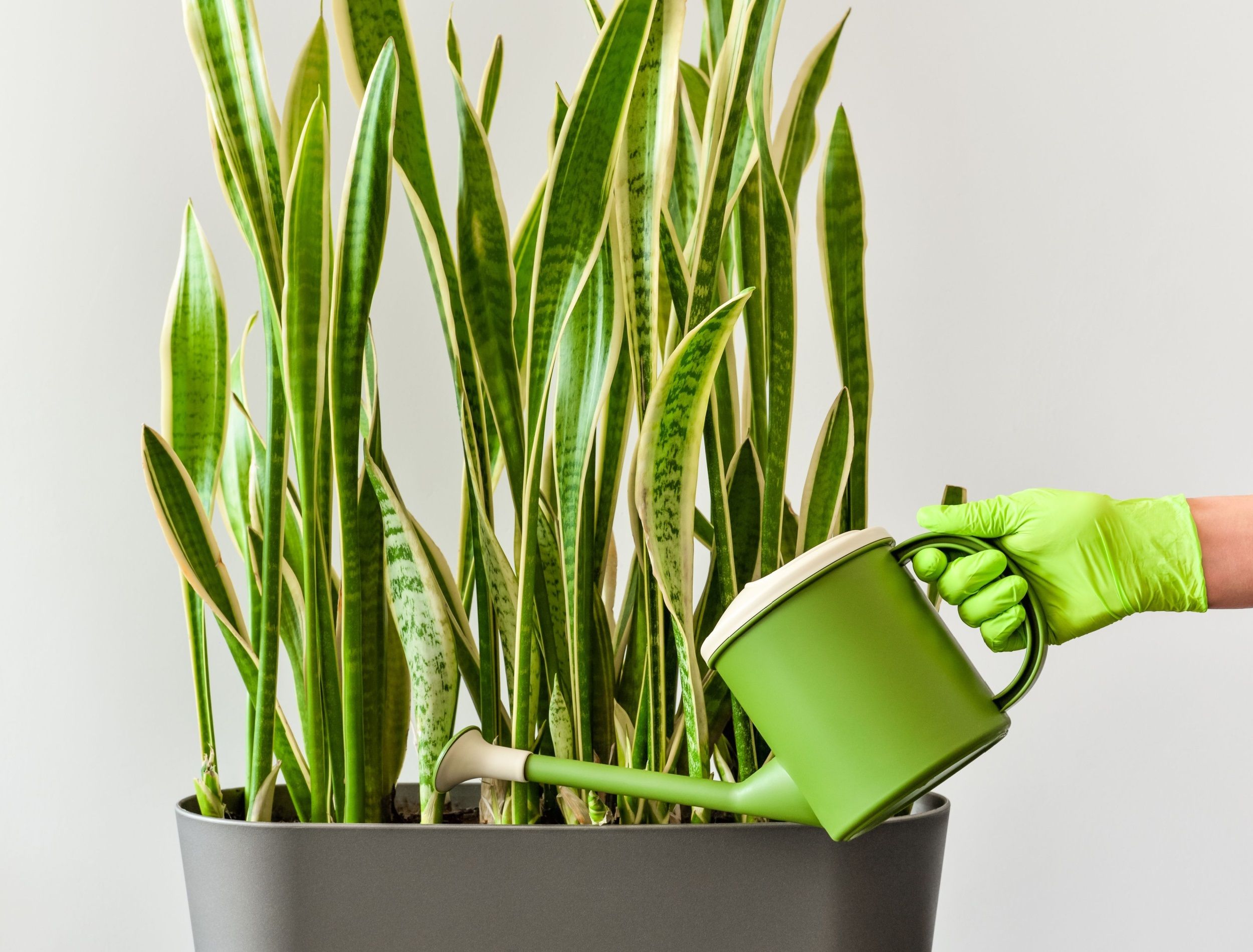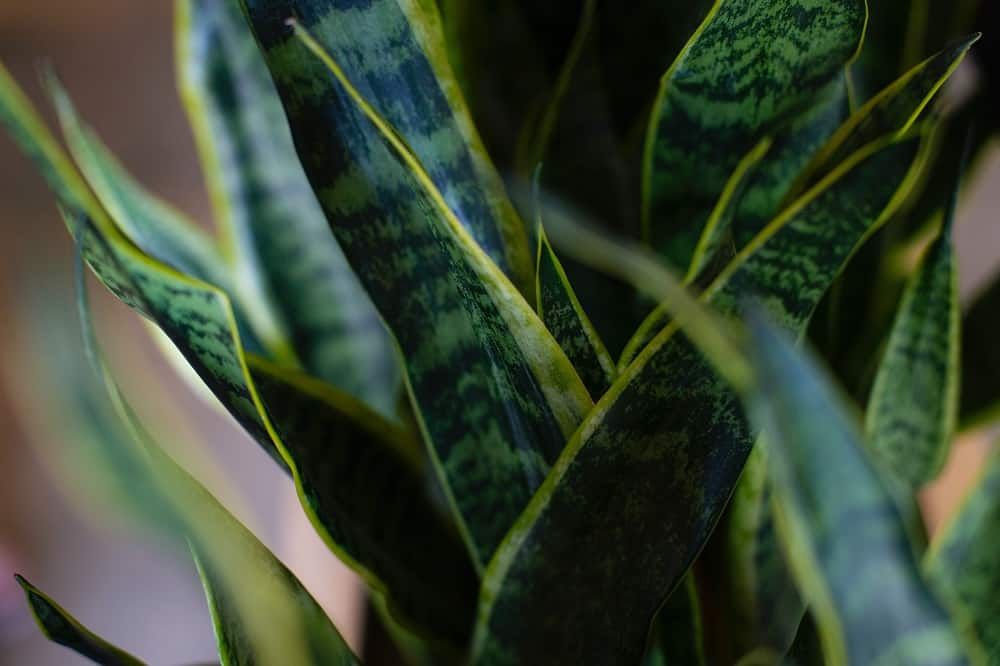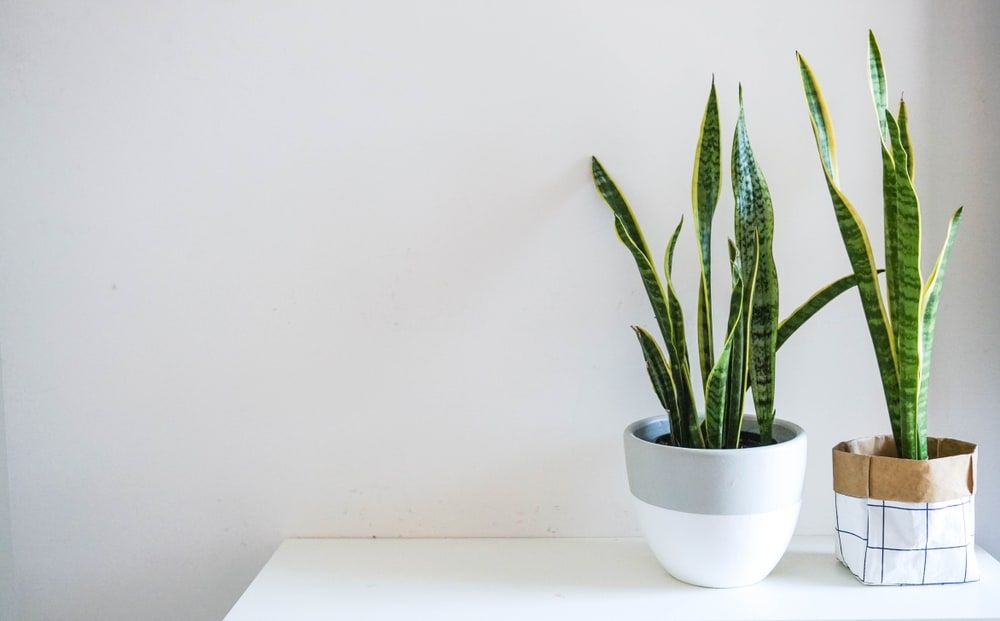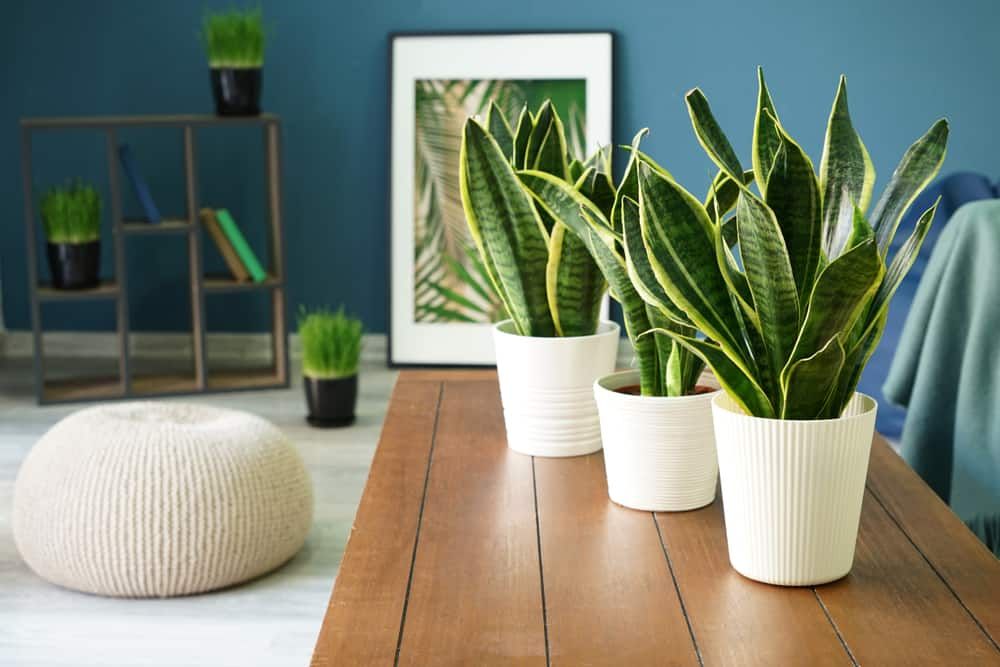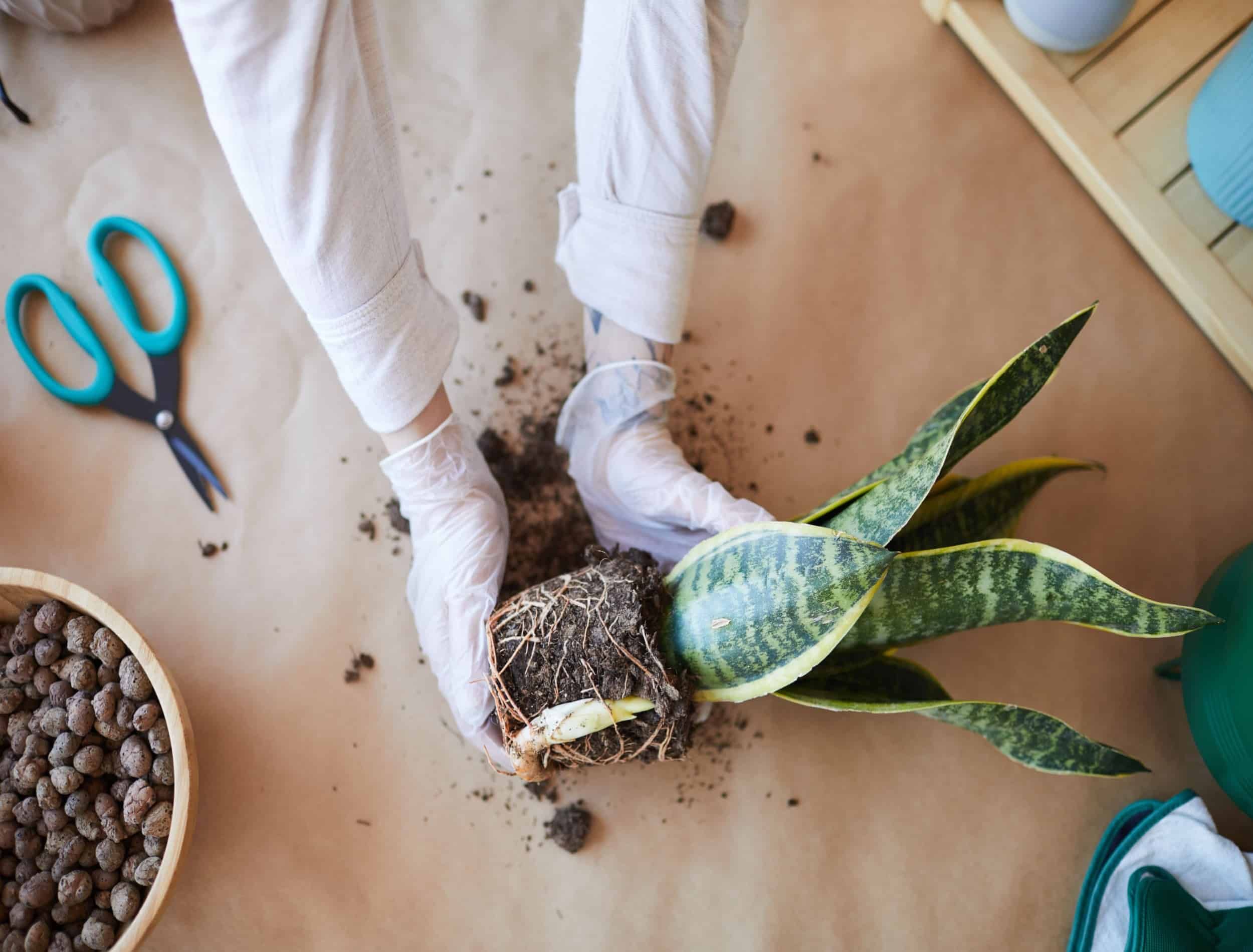Snake plants are beautiful, unique plants that have become incredibly well liked in recent years. These plants add a touch of exoticism to any home and are extremely tough and versatile. They can handle low light, neglect, and a plethora of environmental conditions. But, as the weather gets colder, you may be wondering if your snake plant can live outside in the winter.
Wonder no more! Below you’ll find the answer to this mysterious question and everything you need to know about keeping your snake plant alive during the colder months. Keep reading to learn more!
Can Your Snake Plants Live Outside in The Winter?
Image credits: Damian Apanasowicz via Pexels
Snake plants are one of the most popular plants that many people choose to keep indoors, as they add a unique and interesting decorative element to any room. However, there is one important thing to remember about these houseplants – they cannot survive if left outside during the cold winter months.
Snake plants are tropical in nature and thrive in temperatures between 65- and 80 degrees Fahrenheit. If you live in an area where temperatures regularly drop below 55 degrees Fahrenheit, your snake plants are at risk of dying.
So, if you want your snake plant to stay healthy and thrive for years to come, it is important to bring them inside before the temperature dips!
Caring For Your Snake Plant in The Winter
Caring for your snake plant in the winter can seem like a daunting task, but it is actually quite simple! If you want to keep your snake plant strong and flourishing all year long, here are some tips that you should follow.
Light
Image credits: Grumpy Cow Studios via Shutterstock
First of all, make sure that you are giving your snake plant plenty of light. This means placing it in a spot where it will receive bright, indirect sunlight for several hours each day. You may also need to use a grow light or artificial light source if natural sunlight isn't available.
Water
Image credits: Romo Lomo via Shutterstock
It's important to understand that snake plants are succulents, which means that they do well in dryer environments. In fact, snake plants can easily survive on just one or two waterings per month during the winter season.
However, it also means that you should never overwater your snake plant since this can easily kill it. So, how do you know when your plant needs some water? Well, the most obvious way is checking the soil for any signs of dryness. Also, another sign to look out for is brown and wilted leaves. If you see this, then it's definitely time for some hydration.
Fertilizing
Image credits: Drew Beamer via Unsplash
Unlike some other houseplants, snake plants don't need much pampering during autumn and winter. Therefore, fertilizing is generally unnecessary, especially if your plant has already been growing well or is well established.
Temperatures
Image credits: merindadesigns via Shutterstock
Try to keep your snake plant in a warm environment, ideally between 65- and 80 degrees Fahrenheit. This will help prevent it from experiencing any stress or shock during the winter months, which can make it more vulnerable to disease and pests.
Soil
Image credits: Aquarius Studio via Shutterstock
The ideal soil mix for growing snake plants is a well-drained cactus or succulent potting mix that contains some perlite. The ideal ratio would be 1:1.
Additionally, be sure to use pots with plenty of drainage holes so that excess water can easily escape. If your soil gets soggy, the roots will rot and cut off the plant's supply of water and nutrients - this will easily kill a snake plant!
Repotting
Image credits: SeventyFour via Shutterstock
These plants are incredibly hardy and can stay in the same pot for years without any problems. They love to be rootbound and all they need is a change of surface soil.
However, as they get bigger, their roots will start crowding out the pot from the inside, which is why you’ll eventually want to transfer them into a larger container.
Diseases and Issues
Image credits: Pixel-Shot via Shutterstock
Despite its tough nature, there can be times when your snake plant starts turning yellow. This could be due to a variety of different causes. From underwatering or overwatering, to lack of light or even root rot.
Underwatering or overwatering are the most common causes of yellowing leaves on a snake plant. If your plant isn’t getting enough water, its roots will start to suffer, and the leaves will start turning yellow from the tips. On the other hand, if you’re overwatering your plant, its roots may become waterlogged and begin to decay – which can also cause your leaves to turn yellow or brown at their base.
In some cases, lack of light might be causing your plant’s leaves to turn yellow as well. If this is the case, try moving it somewhere with more sunlight so it can get enough light to keep its leaves healthy and green.
If you're ready to take care of your snake plant during the winter, follow these simple tips. You can rest assured that your plant will stay healthy and beautiful all season long.
Keep On Slithering
So, can snake plants live outside in the winter? The answer is a resounding no! Now that you know all there is to know about keeping your snake plant alive during the winter, it’s time to put that knowledge into practice! Make sure to share this article with your friends and family who have snake plants of their own. And don’t forget to leave a comment below to let everyone know how your plants are doing during the colder months.

